Historical Architecture of Grosse Pointe – Welcome to the Grosse Pointe Woods Theater
Last week we presented 270 Voltaire Place – arguably one of Grosse Pointe’s finest estates. Located in the heart of Grosse Pointe Farms, this stunning home was designed by Raymond Carey for Mrs. R. H. Macauley in 1929.
This week we take a trip to the Grosse Pointe Woods Theater. Designed by Charles N. Agree for the United Detroit Theaters Chain, it opened in February 1948 with the film “Crossfire”, staring Robert Mitchum and Gloria Grahame.
The building was designed using the Art Moderne (Streamline Moderne) architectural approach. This was an extremely popular style throughout the United States from around 1930 – 1945. Based on research by circaoldhouses.com we understand, in stylistic terms, ‘Streamline Moderne represents the last phase of Art Deco, and gave the impression of sleekness and modernity’. During this era architects had begun to employee clean aerodynamic lines and forms found in the modeling of ships, trains, airplanes, and automobiles. This style became particularly popular for the design of roadside diners, motels, cinemas, early strip malls and shopping centers, seaside marinas, and air and bus terminals. Prominent exhibitions and fairs, during the 1930s in the US, were major advocates and proponents of the Streamline Moderne approach, and its growing popularity throughout the U.S helped to spread the taste and preference for this style. Common traits include: One-story buildings, glass block walls, flat roofs, smooth wall finish, and asymmetrical facades. Source: circaoldhouses.com The Art Moderne approach was also present in several homes in Grosse Pointe during the 1930’s. Arguably one of the finest examples in the community is 705 Pemberton by Lyle F. Zisler.
The Grosse Pointe Woods Theater was located at 19269 Mack Avenue, and seated 2,478, all on a single floor. It was the first theater to be built in Detroit after World War II, and was regarded as a ‘show place movie house of the metropolitan area’. The photo below shows a preliminary sketch for the exterior of the theater (courtesy of the Burton Historical Collection, Detroit Public Library).
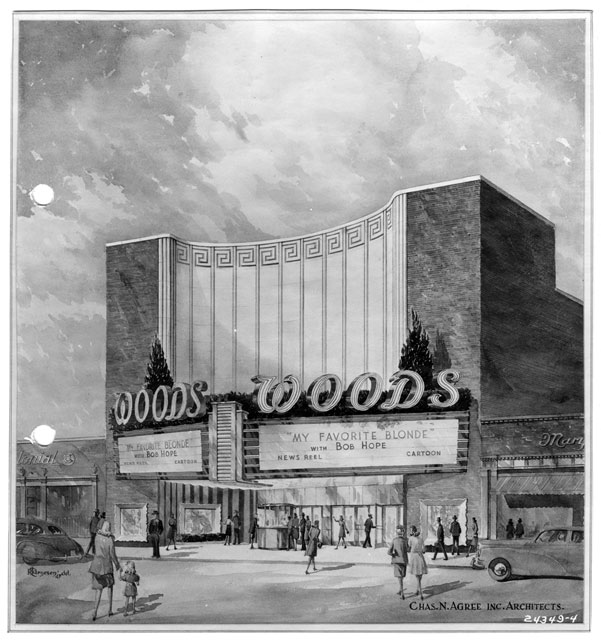
Based on research by cinematreasures.org, the theater contained several unusual features such as “Telesonic” seats for the hearing-impaired, and a large exhibition gallery, which was leased to local schools and businesses. In 1969 Plitt Theaters and Nicholas George jointly operated the theater. It was around then that it closed for major renovations at a cost of $850,000 (around $5.5m today). The rear of the auditorium was converted into a second screen. The updates provided the theater with a 1,200 seat main auditorium, and 750 seats in the new second auditorium. The theatre was reopened in the late 1970’s as the Woods I & II. The superb historic photos are courtesy of the Burton Historical Collection, Detroit Public Library.

In 1981 renowned theater architect Louis Wiltse was hired to transform the smaller auditorium into twin screens, seating 335 and 320 seats each. Two years later, Wiltse divided the main auditorium into three, creating spaces with 590, 312, and 305 seats respectively. By the mid-1980’s the former exhibition hall was converted into a small auditorium, with only 62 seats. Now a 6-screen theater, it was taken over by AMC in 1986. In 1997 it closed for good.
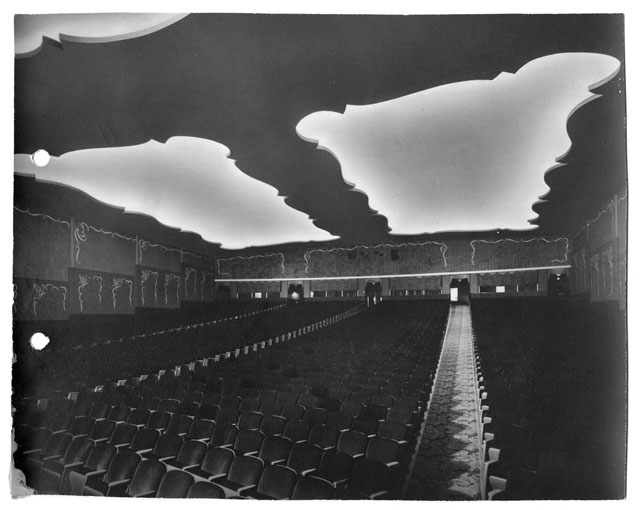
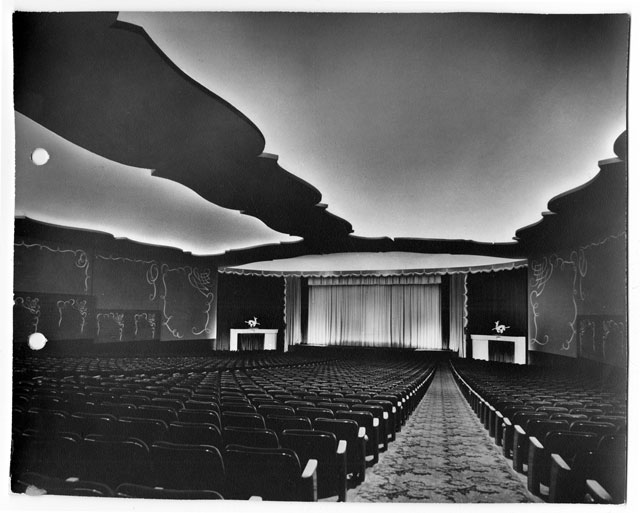
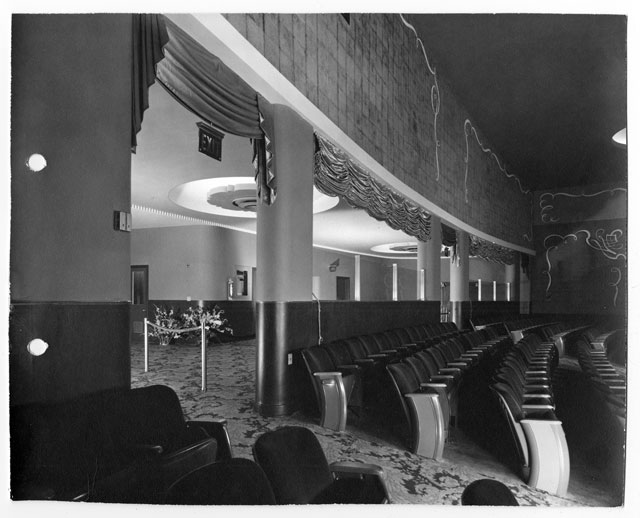
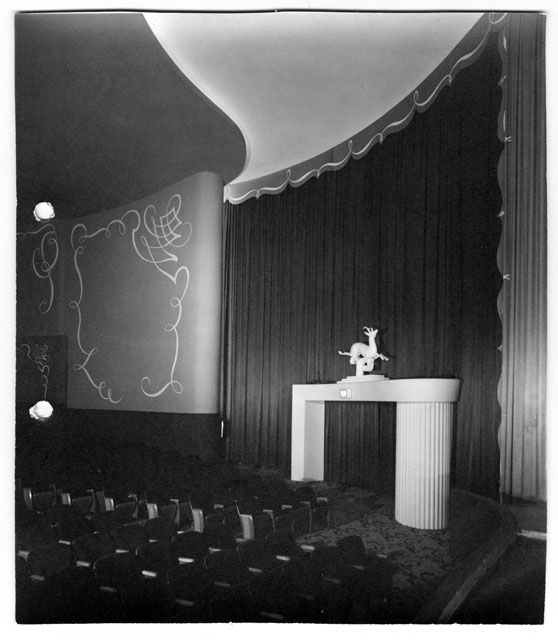
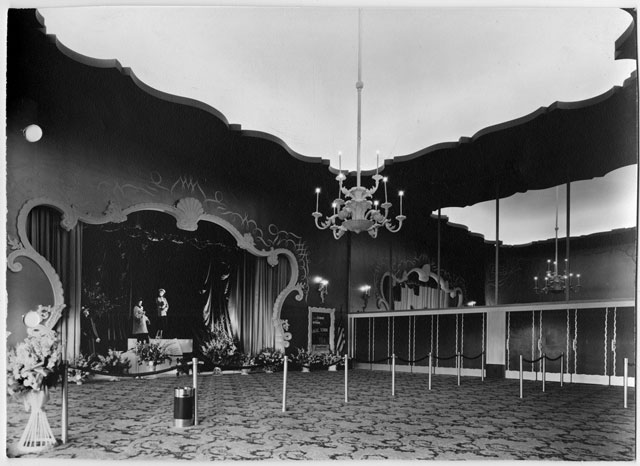
The architect of the theater, Charles N. Agree, was born in Stamford, Connecticut in 1897. In 1909, aged 12, he and his family moved to Detroit. In 1917, two years after graduating from the Detroit Y.M.C.A Technical School, Agree opened his own firm. His first major commission came in 1921, when he was chosen to design the Whittier Hotel. During his career he tended to specialize in upscale apartment buildings, office buildings, hotels, ballrooms, and theaters. He designed several theaters in and around Metro Detroit, including: The Hollywood Theater (1927),Westown Theater (1936), Beverly Theatre (1937), Palmer Park Theatre (1937), Harpos Concert Theatre (1939), Royal Theatre (1940), Showcase Cinemas (Dearborn – 1941), Duke Theatre (Oak Park – 1941), and the Trenton Village Theater. The largest and most expensive of Agree’s theater designs was the lavish Hollywood Theater in Southwest Detroit. Built in 1927, in the Spanish Renaissance style, the cost of the project was close to $2 million (around $29m today). Image courtesy of buffaloah.com.
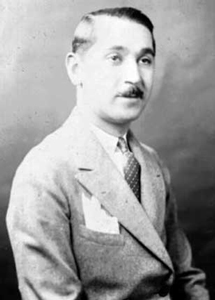
In 1947, Agree’s son joined his firm. During the 1950s, the firm began to specialize in the design of new modern-style malls such as the Oakland Mall, Tel-12 Mall, Meadowbrook Mall and the former Pontiac Mall. During his career Charles Agree designed many iconic buildings in the Detroit area. He retired in the 1960’s, and passed in 1982.
What was once the ‘show place movie house of the metropolitan area’ the Grosse Pointe Woods Theater is now a distant memory, deeply cherished like the movie stars that once graced it’s screens.
*Photos courtesy of the Higbie Maxon Agney archives unless stated.
Written by Katie Doelle
Copyright © 2019 Katie Doelle

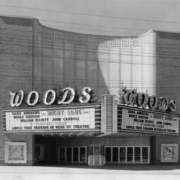
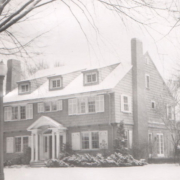

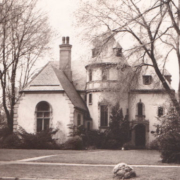
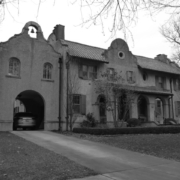
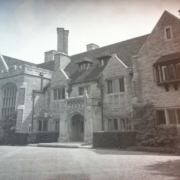
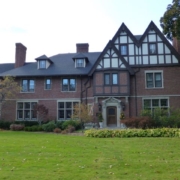
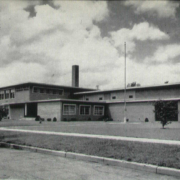

Leave a Reply
Want to join the discussion?Feel free to contribute!